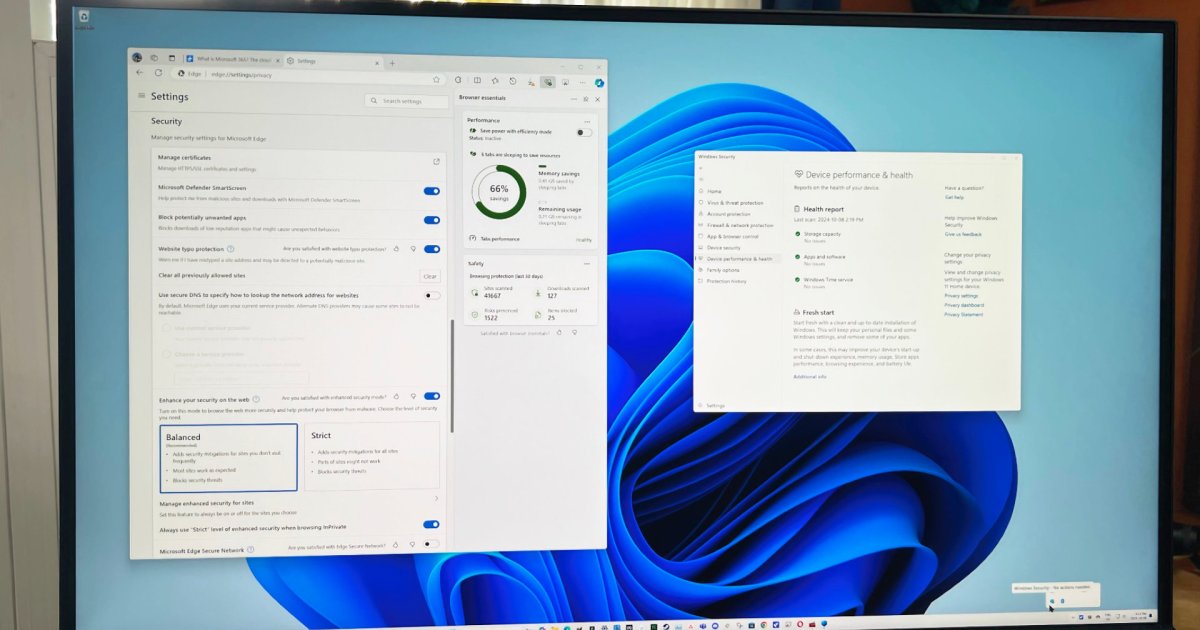The latest spat between Quebec and Ottawa over immigration is based on politics and not the reality of the labour market, says the head of a major employers group.
“In some ways, it’s deplorable,” said Karl Blackburn, president and CEO of the Conseil du patronat du Québec.
His comments come as Quebec Premier François Legault is threatening to hold a “referendum” on immigration if the federal government doesn’t take rapid action to stem the rising number of temporary immigrants, which include foreign workers, international students and refugee claimants.
“The majority of Quebecers think that 560,000 temporary immigrants is too much,” Legault said last week. “It’s hurting our health-care system. We don’t have enough teachers, we don’t have enough housing.”
Provincial Immigration Minister Christine Fréchette said the province’s demands include stronger French-language requirements in immigration programs managed by the federal government and a reduction in the number of asylum seekers and temporary workers.
While Prime Minister Justin Trudeau rejected the province’s bid for full control over immigration — currently a shared responsibility — Legault said in March that his federal counterpart had shown openness to some of the province’s demands, and agreed with him on the need to reduce temporary immigrants.
Businesses affected by visa cuts
Blackburn, however, disagrees that there are too many temporary workers, who he said are “working in our businesses producing goods and services.” Their numbers, he added, reflect the needs of the labour market and of an aging society.
He said he supports the Legault government’s call to reduce the number of asylum seekers in the province because Quebec has received a disproportionate share in recent years. But he denounced the federal government’s “improvised” decision to suddenly reimpose visas on some Mexican nationals earlier this year, a measure Quebec had pushed for as a way of reducing asylum claims.
He said that’s already having “direct effects” on businesses by restricting their ability to bring in workers. Any subsequent measures to reduce the number of temporary workers will further hurt Quebec’s economy as well as consumers who will no longer have access to the same goods and services, he said.
“It’s as if our governments knowingly agreed to cause companies to lose contracts for reasons of political partisanship and not based on economic growth, which is nonsensical in a way,” Blackburn said.

Politicians are unfairly blaming immigrants for shortages of housing, daycare spaces and teachers, when the real problem is government failure to invest in those areas, he added.
The long-running debate between Quebec and Ottawa has flared in recent months. Earlier this year, the premier wrote to Trudeau about the influx of asylum seekers entering Quebec, which has welcomed more than 65,000 of the 144,000 would-be refugees who came to Canada last year.
Quebec has demanded Ottawa reimburse the province $1 billion — the amount Quebec says it has cost to care for asylum seekers over the last three years.
Federal Immigration Minister Marc Miller said this week that no country would ever give up total control over immigration. But he said he and his provincial counterpart are having good discussions and agree on many matters, including limiting visas to Mexicans and protecting French.
While Legault has blamed the federal government for the “exploding” number of newcomers, the director of a research institute and co-author of a recent study on temporary immigrants says both Ottawa and Quebec have brought in measures in recent years to facilitate their arrival.
Multiple factors driving immigration surge
Emna Braham says the surge in temporary immigrants is due to a combination of factors, including a tight labour market, post-secondary institutions recruiting internationally, and programs by both Ottawa and Quebec to allow companies to bring in more workers.
She said numbers have now climbed higher than either level of government expected, likely because temporary immigration is administered through a series of programs that are separate from one another.
“We had a set of measures that could be justified individually, but there was no reflection on what the impact will be of all these cumulative measures on the flow of immigrants that Quebec and Canada accept,” she said in a phone interview.
Both Braham and Blackburn point out that the high number of temporary workers in Quebec is also a result of the province’s decision to cap the number of new permanent residents it accepts each year to around 50,000, creating a bottleneck of people awaiting permanent status.
“If the government of Quebec had set its thresholds at the level they should be to meet the needs of the labour market, we wouldn’t be in this situation where [there] is a significant increase in temporary workers,” Blackburn said.
Braham said the moment is right for provinces and the federal government to develop a co-ordinated approach to immigration, and to ensure a system is put in place to ensure both long- and short-term needs are met.






